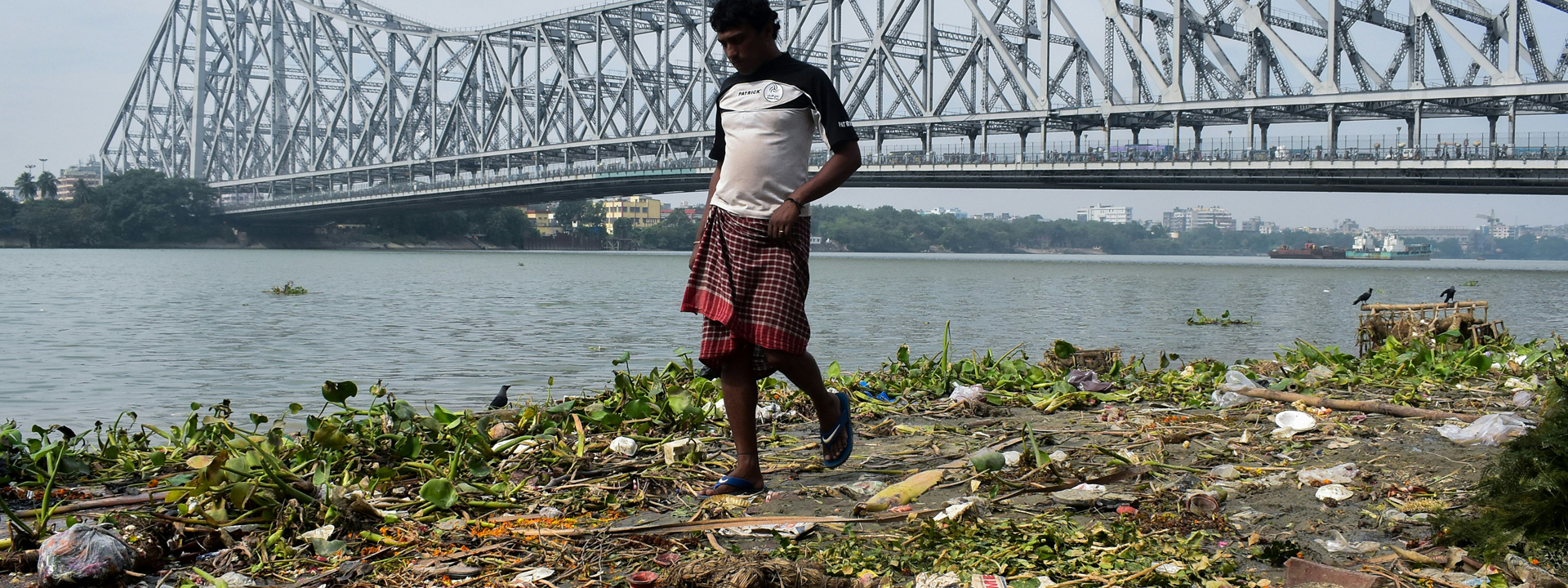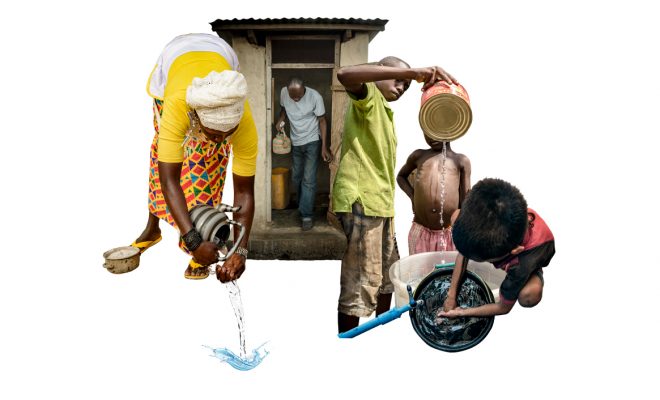Students at Chengelpattu Medical College Hospital in Tamil Nadu, India, lived in a foul-smelling and unsanitary environment. Sewage from the 1,300-bed hospital was discharged untreated into the open air at the back of the campus. Medical staff had long complained about the irony of a healthcare facility contributing to pollution affecting both students and the city’s 87,000 residents. After installing a wastewater treatment unit, the sewage discharges ceased, and the hospital gained an unexpected benefit: biogas and organic fertilizers.
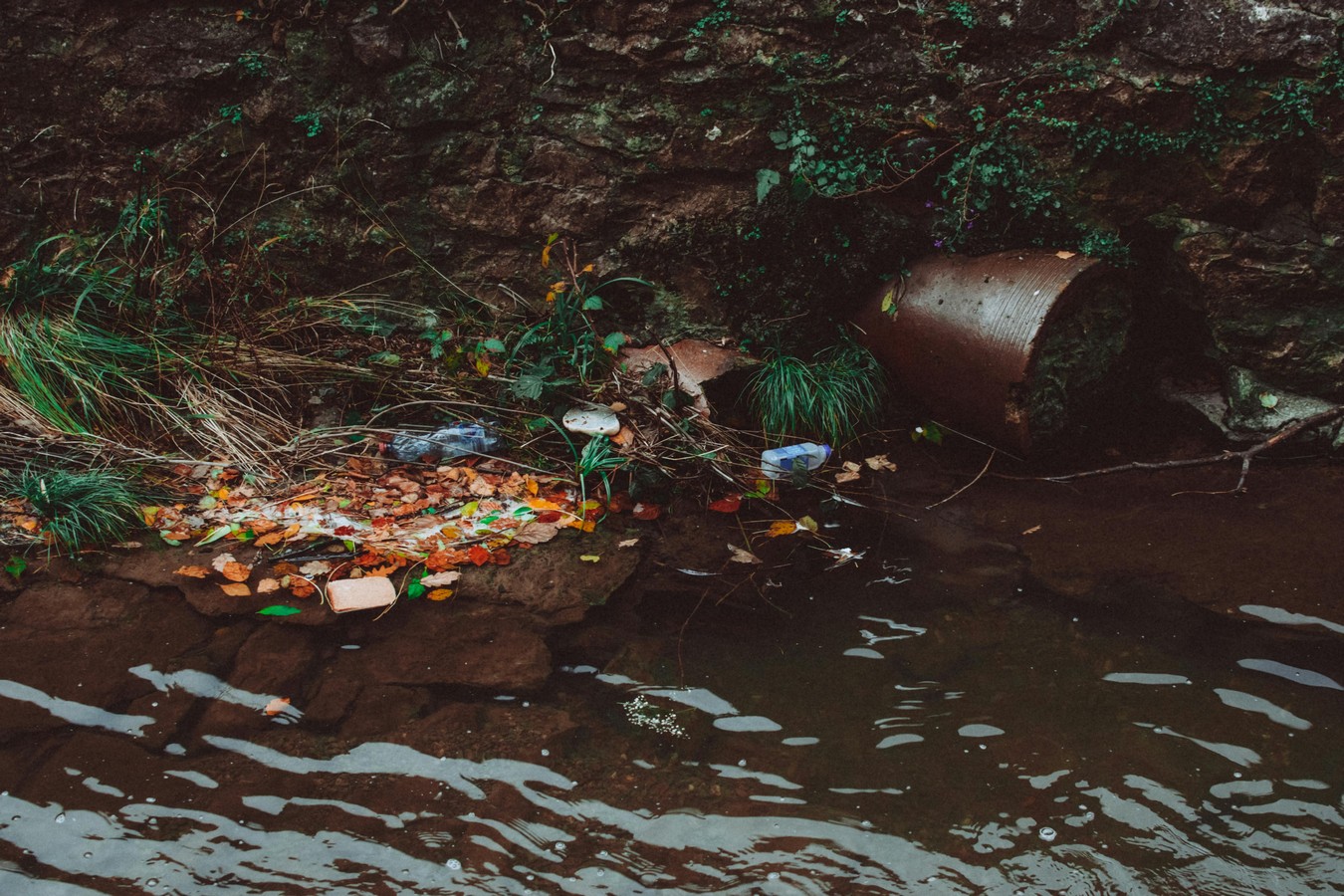
Localized water pollution creates opportunities for implementing solutions that foster development and raise community awareness. ©Foto de mali maeder
Point Source and Diffuse Pollution: We Must Understand Them Well
Our intervention, which involved implementing a DEWATS plant, is an excellent example of “point source pollution” in environmental science: the direct and localized release of pollutants from a specific discharge point. Due to its concentrated origin, this type of pollution can be easily identified and observed, as seen with discharges from buildings like hospitals, factories, pig farms, or city landfills.
On the other hand, there is “diffuse pollution”: the dispersed and widespread release of pollutants into the environment without a specific discharge point. A classic example is carbon emissions into the atmosphere. Water includes the runoff of agricultural or urban waters across a river basin, which ultimately discharges various pollutants into the sea and aquifers. Even if the source activity is known, assessing the extent of its geographical dispersion is challenging.
Controlling and reducing diffuse pollution has been a global challenge, prompting various international actions since the 1960s. Significant progress has been made for rivers in industrialized countries through legislation and regulation of industrial activities. However, much remains to be done, particularly in controlling agricultural and livestock practices. In developing countries, this issue is still largely unaddressed. It is crucial to note that approximately 80% of marine pollution is carried by rivers from land-based sources.
Success Stories Against Point Source Pollution
In recent decades, very effective solutions have been developed to fight point-source water pollution, particularly benefiting economically weaker countries. In these countries, sewage pollution has the most direct impact on people’s health. The Chengelpattu Hospital project exemplifies decentralized sanitation: where centralized sewer systems are unavailable, wastewater is treated on-site, providing additional benefits.
In the webinar we organized for World Toilet Day 2021, experts on sanitation in marginal areas highlighted the imperative need to manage feces and the opportunities created from its use. Mona Mijthab, founder of Mosan Sanitation Solutions, explained the development of Mosan, a regenerative circular system in communities in Guatemala, where 500 liters of untreated sewage is dumped every second. The system involves each household collecting its excrement in a simple latrine, which is then manually transported to a collection center and taken to a processing center. There, urine is processed by struvite precipitation, and feces are converted into biochar (biomass of plant origin) through pyrolysis. The resulting mass is carbonized in a reactor, providing the community with valuable fertilizer.
A similar solution is being developed in the Nairobi slum of Kibera, one of the largest in the world, home to an estimated 500,000 to 800,000 people living in shantytowns. The Umande Trust organization was established in Kibera to address the severe sanitation problem. Their solution involves the construction of 19 “biocenters,” facilities where residents can use safe latrines, access clean water, and take showers. The waste is used to produce biogas, which is then supplied to a community kitchen, allowing people to cook with clean water. Some of the waste undergoes anaerobic digestion by microorganisms and is removed once a year to be sold as agricultural fertilizer, with the proceeds reinvested in the community.
The social and economic benefits provide the incentive that ensures the sustainability of these developments, which are grounded in understanding the sources and causes of contamination. The World Bank and the WHO affirm that every dollar invested in basic sanitation saves up to five dollars in medical costs, and this claim remains unchallenged.
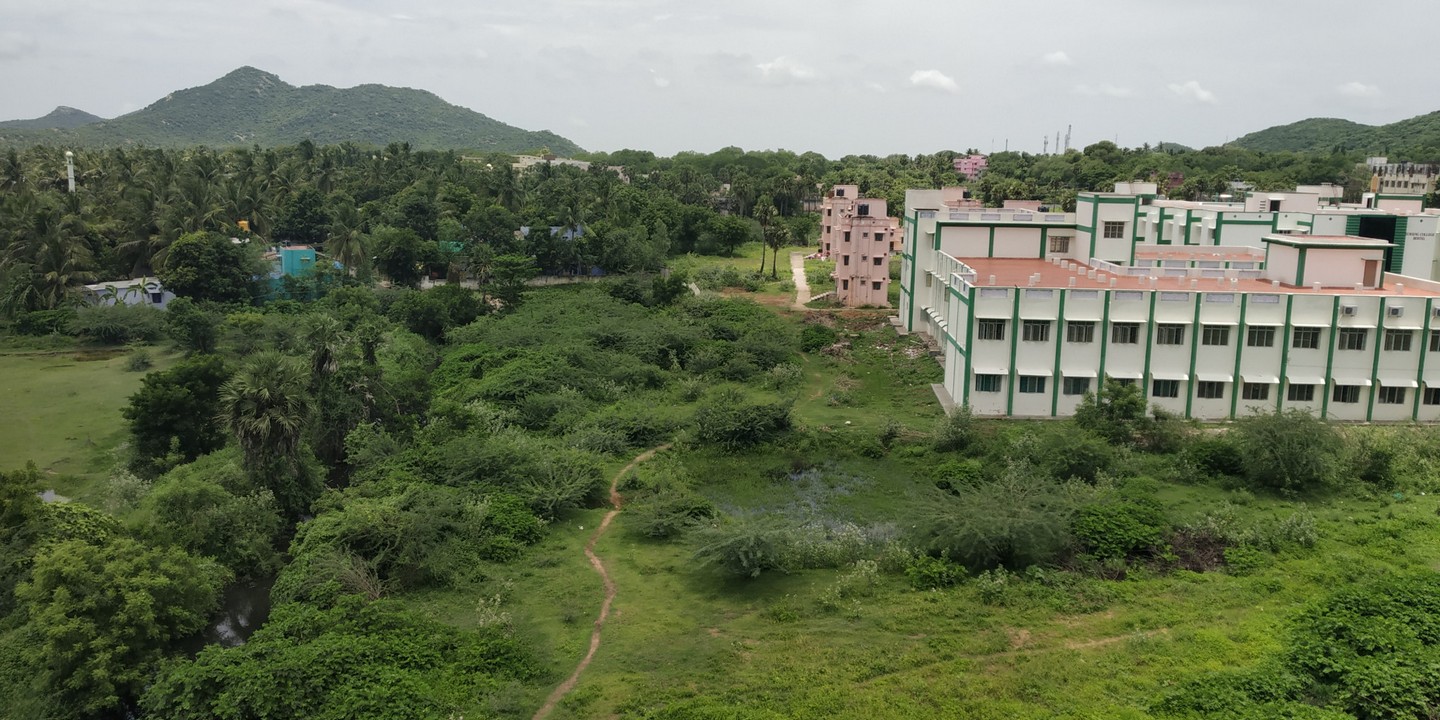
The Chengelpattu Hospital project exemplifies decentralized sanitation: where centralized sewer systems are unavailable, wastewater is treated on-site, providing additional benefits.
Point Source Plastic Pollution, Another Opportunity
However, point source and diffuse pollution often overlap, making it difficult to distinguish between them. This is evident with plastic waste, which is scattered throughout the planet’s waters but can be localized and more effectively eliminated on land.
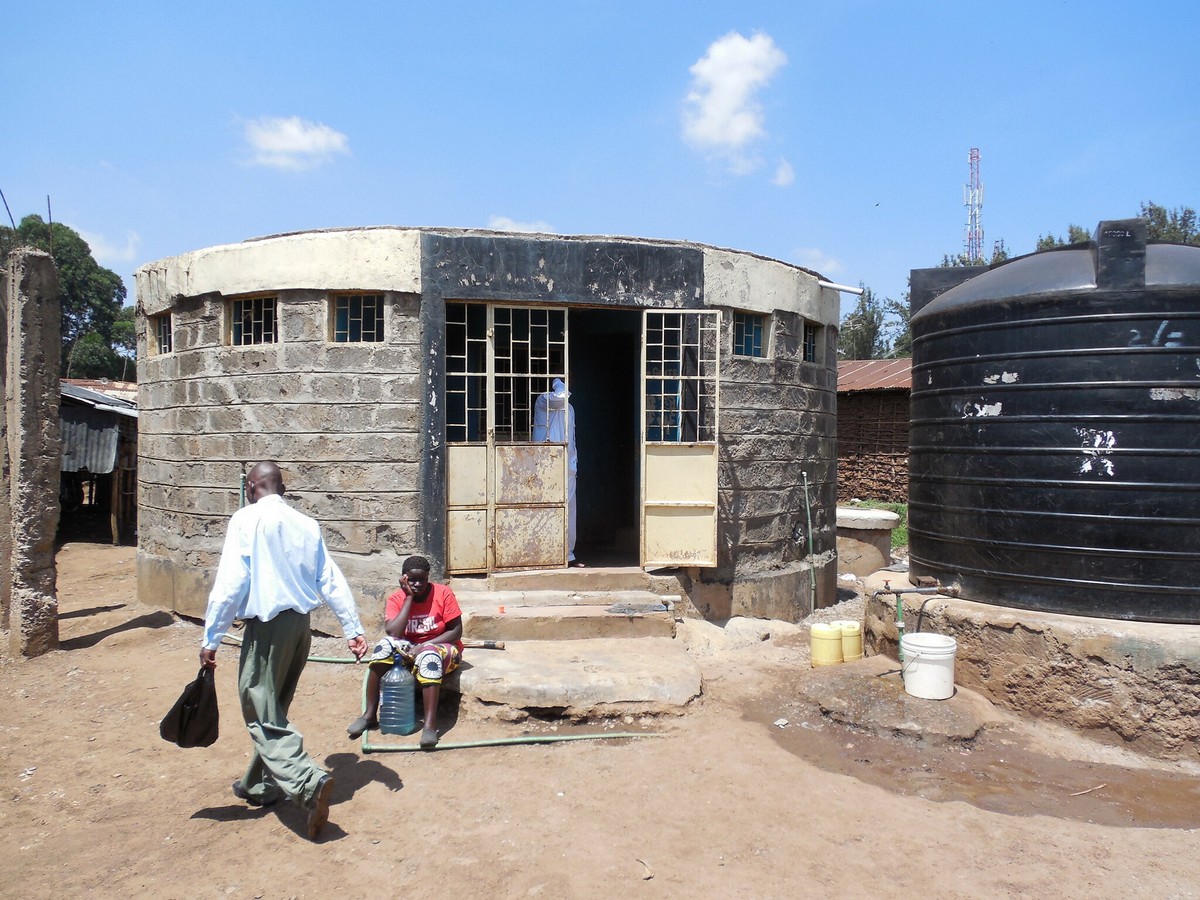
The Umande Trust organization was established in Kibera to address the severe sanitation problem. Their solution involves the construction of 19 “biocenters”. © SuSanA
At the Foundation, we proved this with another innovative project. In the Kabadougou region of Côte d’Ivoire, one of the most neglected areas, we collaborated in building three schools with bricks made from recycled plastic from government-promoted collection programs. Beyond building schools, we achieved three benefits: promoting waste collection, obtaining an inexpensive raw material, and raising community awareness about the importance of plastic control and recycling.
In addition to improving the health of affected communities, studying the success stories in treating point source pollution provides valuable knowledge for designing strategies to combat diffuse pollution. We must win this battle to ensure our survival, and it requires leadership from both governments and companies.
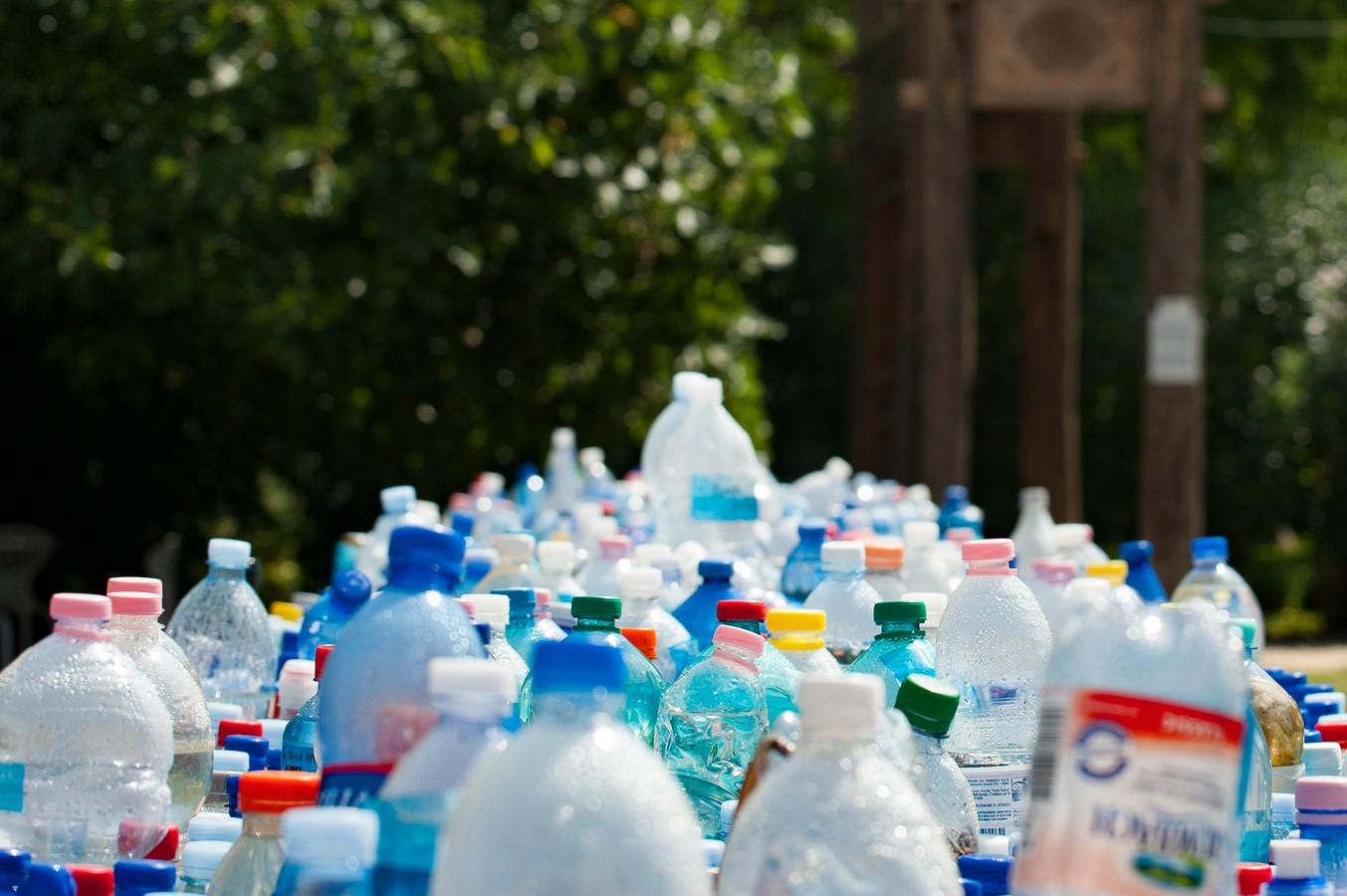
However, point source and diffuse pollution often overlap, making it difficult to distinguish between them. This is evident with plastic waste, which is scattered throughout the planet’s waters but can be localized and more effectively eliminated on land. © Foto de mali maeder


